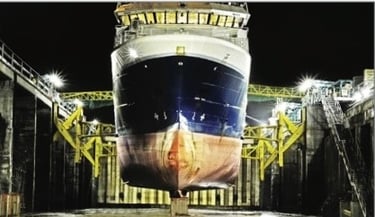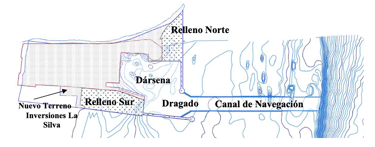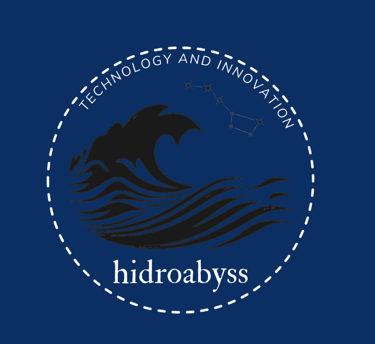The Expansion Project of the La Silva Investment Pier. Innovation and Sustainability in Lake Maracaibo
The Expansion Project of the La Silva Investment Pier transforms this infrastructure into an industrial and port center of reference in the south of Lake Maracaibo. With a total projected area of 217,792 m², the project includes a multipurpose industrial plant and a modern shipyard designed to serve vessels related to the exploitation of oil, coal and maritime trade. The work combines fillers, strategic dredging and advanced technology to maximize operational efficiency and reduce environmental impact, positioning the pier as a sustainable growth engine for the region.
Robert Garabán Garcías / Andrés Ugarte
5/8/20243 min read

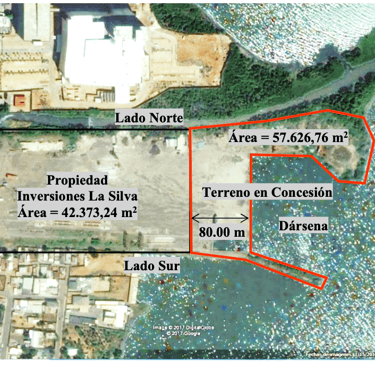
Lake Maracaibo, a strategic bastion for Venezuela's oil and mining industries, houses a port infrastructure that seeks to redefine its operation with the expansion of the La Silva Investment Pier. This project, designed with a technical and sustainable approach, responds to the growing demands of maritime transport, exploitation of resources and regional economic development.
History and strategic location
Inversiones La Silva, S.A., established in January 1993, operates under a concession contract with the National Institute of Aquatic Spaces (INEA). Located on Avenida 5 (via San Francisco), between Cañada La Silva and Calle 21, in the Autonomous Municipality of San Francisco, this facility occupies a land of 42,373.24 m² in property, extended to approximately 100,000 m² through additional concessions. Its strategic location in the south of the lake makes it a crucial node to serve boats related to the exploitation of oil, coal and lake trade.
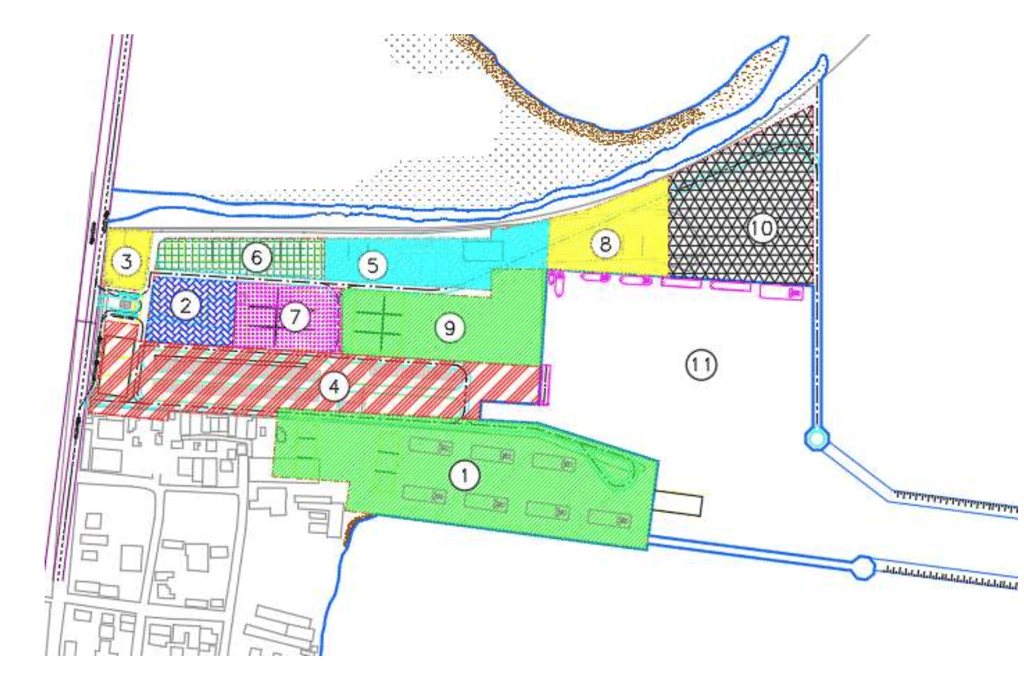

Extension of the land and dredging
The expansion project contemplates a filling of 160,000 m³ in two main areas: the north side for the industrial plant and the south side for the shipyard. These works respect the natural sedimentation of the Cañada La Silva and elevate the terrain to a height of +2.00 meters above the lake level.
In addition, a strategic dredging of the navigation channel and the maneuvering dock will be carried out to ensure a uniform depth of 4.00 meters. This will allow the efficient and safe transit of vessels of greater scall, essential for industrial operations in the region.
Projected infrastructure
The expansion includes the construction of a multipurpose industrial plant and a modern shipyard, designed to maximize productivity and operational efficiency:
Industrial Plant:
Production of prefabricated elements (piles, beams and pre-tensioned slabs).
Metallurgical processes and manufacture of metal structures.
Storage spaces and industrial services.
Shipyard:
Minor and major maintenance of boats.
Manufacture and rehabilitation of industrial fleets.
Advanced infrastructure, such as a boat lift, a floating dom and rail systems for maneuvers.
With a total area of 217,792 m², these facilities will be integrated to meet the specific needs of local and national industries.
Master Plan: implementation phases
The project is divided into seven key phases, which guarantee a phased and efficient development:
Initial rehabilitation: Reactivation of existing equipment and manufacturing yards.
Technical design: Development of architectural and engineering projects for the industrial plant and the shipyard.
Initial works: Filling, dredging and construction of breakwaters.
Industrial infrastructure: Urbanization, construction of industrial services and sheds.
Equipment: Installation of concrete and asphalt plants, and boat management systems.
Industrial production: Construction of prefabricated and metal-mechanical elements.
Shipyard operation: Maintenance and manufacture of boats.
Economic and environmental impact
The project is designed to maximize the positive impact on the region. On the one hand, it will generate direct and indirect employment during the construction and operation phases, promoting local economic development. On the other hand, by manufacturing structural components on the same site, logistics costs and carbon emissions associated with transport will be reduced.
In terms of environmental impact, the reuse of dredged materials for filling minimizes waste and promotes more sustainable resource management. In addition, the new facilities will be aligned with international sustainability standards, ensuring that operations are clean and efficient.
Schedule and investment
The master plan establishes a 10-year implementation schedule, divided into five-year stages with an estimated investment of $13.1 million. This gradual approach ensures that each phase is completed with the necessary resources and adjusted to the operational demands of the region.
Towards the future: a model port for Lake Maracaibo
Once completed, the La Silva Investments Pier will be a model of efficiency and sustainability in Lake Maracaibo. Its ability to serve vessels of various sizes and offer advanced industrial services will strengthen its strategic position in maritime trade and the exploitation of resources in the region.
With a robust technical design, a conscious environmental approach and a positive economic impact, this project reaffirms Inversiones La Silva's commitment to port development and sustainable growth in Venezuela.
